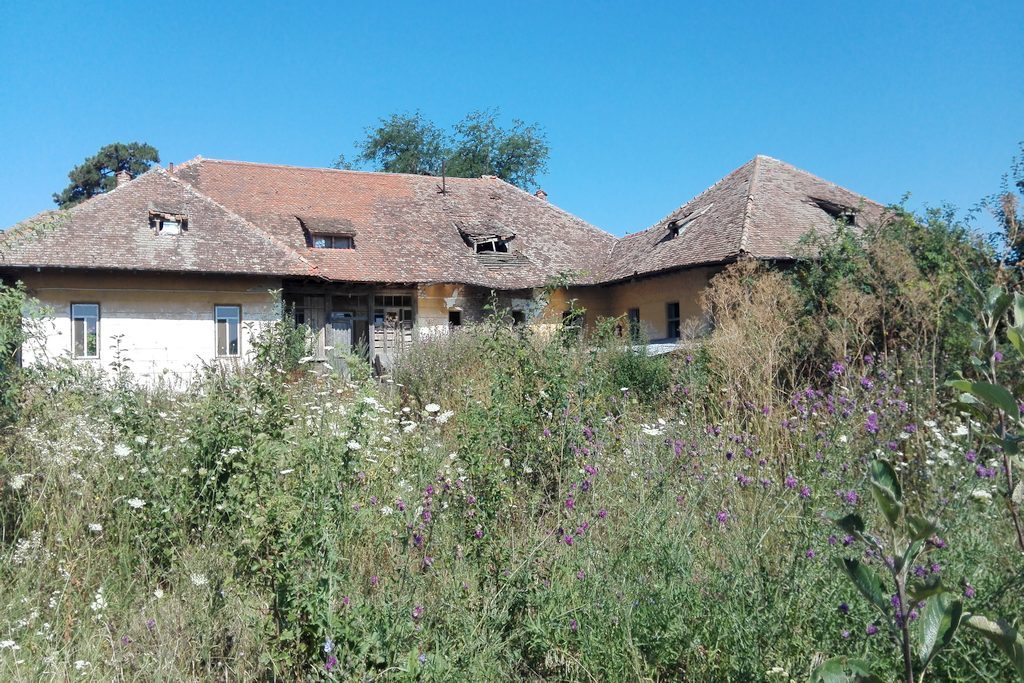

Cezieni manor was built in the late eighteenth century belonging to the family Oteteleşanu.
Great minds, great patriots and lovers of national culture, noblemen Otetelişeni have influenced, almost without exception, the history of these places since Radu Otetelişanu, great Chamberlain in the royal council of Michael the Brave, until the famous Iordache Otetelişanu, educated, art lover, and philanthropist, or Otetelişanu Iancu, director of the National Theatre, who first encouraged and supported the formation of a repertoire in Romanian. The Otetelişeni are a branch drawn from Buzescu family.
Exchequer, Chamberlain, leaders or politicians, the boyars Otetelişeni, were not only important figures in the history of Oltenia and of the nation, but had played significant roles in the sensible moments of regional history. Radu Otetelişanu, for example, was, once, part of a 12 landowners delegation headed by Metropolitan Euthymius, Bishop of Buzau and of Râmnic, sent by Michael the Brave of Alba Iulia to get support against the Turks. Ioan (Iancu) Otetelişanu was born in 1795 and died in 1876 in Bucharest, being politician and minister.
He was the son of sluger Constantin Otetelişanu. Director of the Salt Mines (had a contract of mining the Ocnele State) in the period from 1838 to 1841, gathers a large fortune. Minister of Control between 1851-1853, during the reign of Barbu Ştirbei and Chancellor of the Exchequer in the government of Nicolae Kretzulescu (30 January-11 February 1866).
Owner of the estate and of the castle in Magurele (near Bucharest), bequeath (March 19, 1876) all his fortune “to better serve at the creation of an institute of Romanian girls who will be given the growth and education of good family name without pretense or luxury. ”
After the death of his wife, Elena (December 4, 1888), not having descendants, Ioan Kalinderu was placed as executor of the will, the administrator of his wealth, under the care of the Romanian Academy. Iancu Otetelesanu homes are recognized in official documents since the mid nineteenth century, these being on the Mogosoaia Bridge which means today’s Calea Victoriei in Bucharest.
